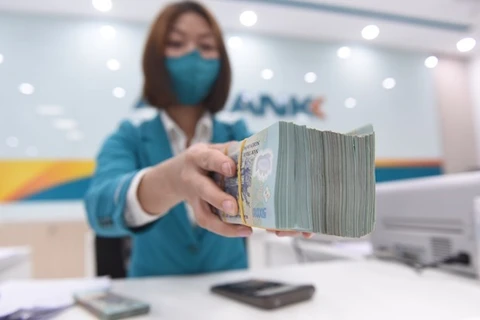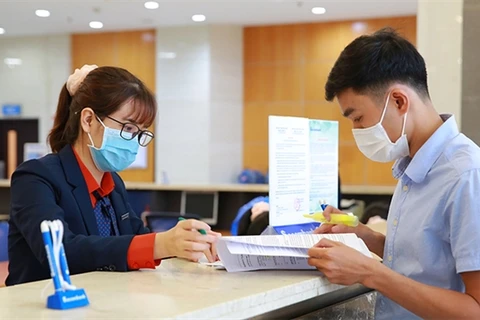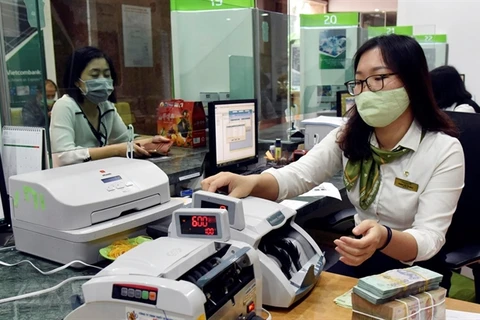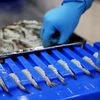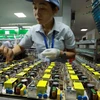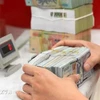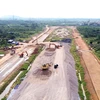 Nguyen Thi Hong, Governor of the State Bank of Vietnam, delivered a report to the National Assembly during a meeting in Hanoi on May 24. (Photo: VNA)
Nguyen Thi Hong, Governor of the State Bank of Vietnam, delivered a report to the National Assembly during a meeting in Hanoi on May 24. (Photo: VNA) The programme, issued under Government Decree 42 in 2017, was set to be extended until the end of 2023.
The programme, since its implementation five years ago, has contributed to the restructuring of numerous financial institutions and the collection of bad debt during the 2016-2020 period, according to Nguyen Thi Hong, Governor of the State Bank of Vietnam (SBV).
By the end of 2021, the programme had helped handle over 380 trillion VND in bad debt, or 47.9 percent of the country's entire bad debt since August 15, 2017. On average, some 5.67 trillion VND in bad debt was processed each month during the period, significantly higher than the 3.25 trillion VND per month prior to the implementation of the programme.
The programme had helped recover 148 trillion VND or 38.94 percent of all bad debt among financial institutions, a marked improvement over the yearly average of 22.8 percent during the 2012-2017 period.
A recent SBV report said the bad debt ratio among financial institutions was maintained at under 2 percent, below the 3 percent target of Decree 42, which has produced positive impacts on the country's financial sector in terms of management capacity and quality of services.
Meanwhile, the Vietnam Asset Management Company (VAMC) has auctioned assets and recovered more than 77.2 trillion VND in the last five years.
According to the SBV, the global economy is to remain turbulent due to high inflation, the COVID-19 pandemic and geopolitical conflicts in the 2021-2025 period, which will likely result in rising bad debt among Vietnamese businesses.
A conservative estimate by the SBV showed the country's potential bad debt ratio at 6.31 percent. Unresolved bad debt by the end of last year stayed at 412.7 trillion VND, a problem made worse by the pandemic.
In light of recent events, Hong asked the National Assembly for an extension to Decree 42 to avoid a policy shortfall that hinders SBV and VAMC to process and resolve bad debt and potentially creates numerous legal complications for financial institutions and customers.
"The government highly recommends policymakers to conduct further studies and reviews to turn Decree 42 into permanent laws, to be presented to the National Assembly no later than 2023," said the Governor.
She said the central bank's top priority in the near future is to further improve the financial sector's resilience and security, especially in support of large infrastructure and transportation projects./.
VNA

